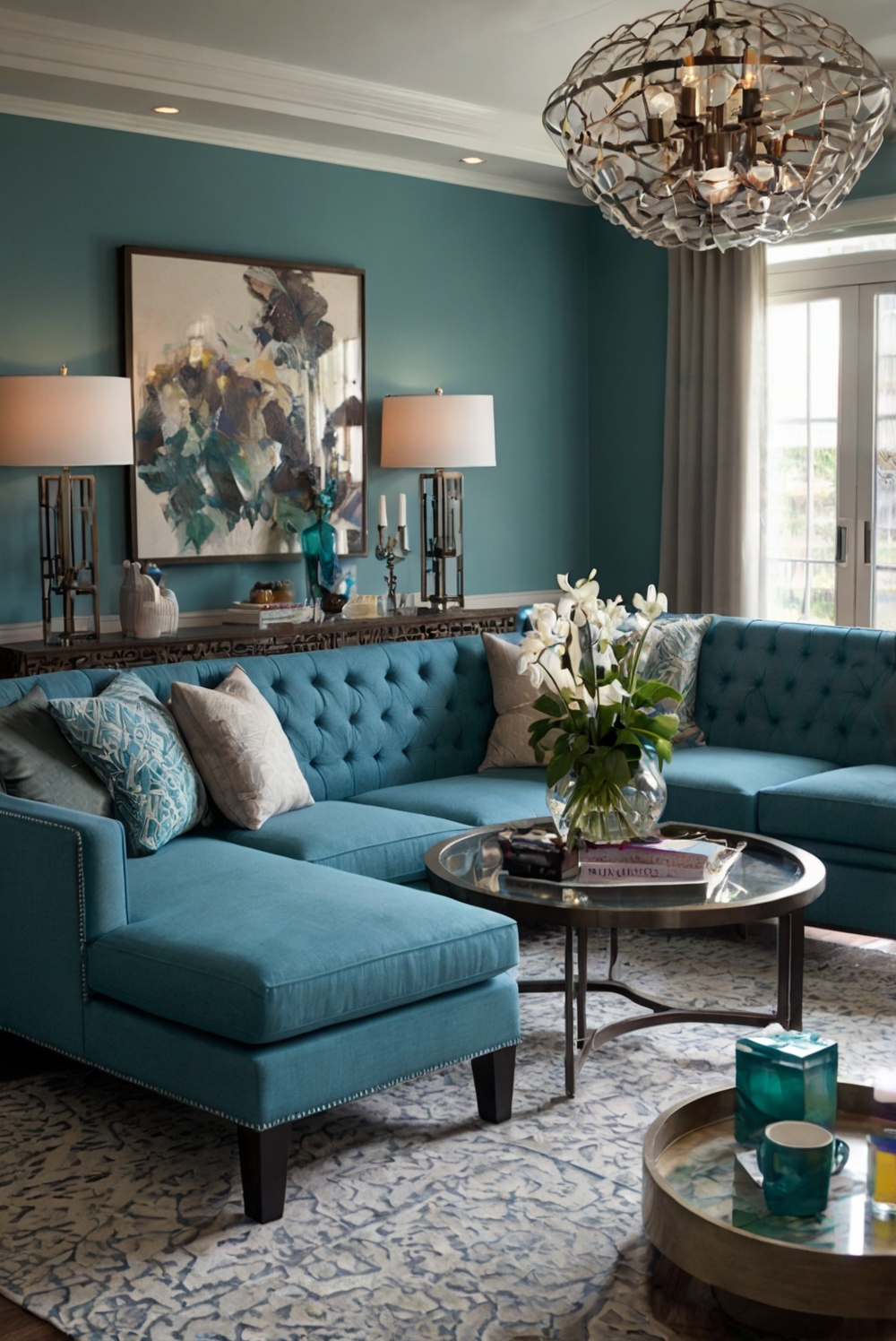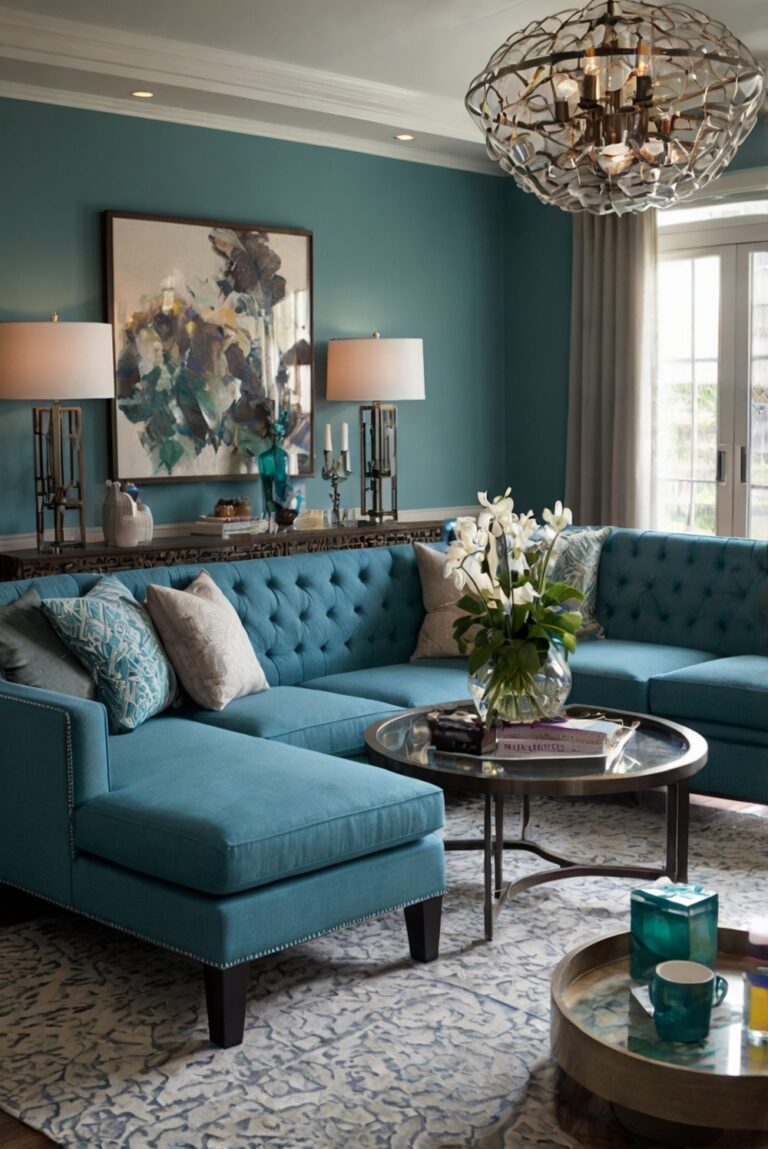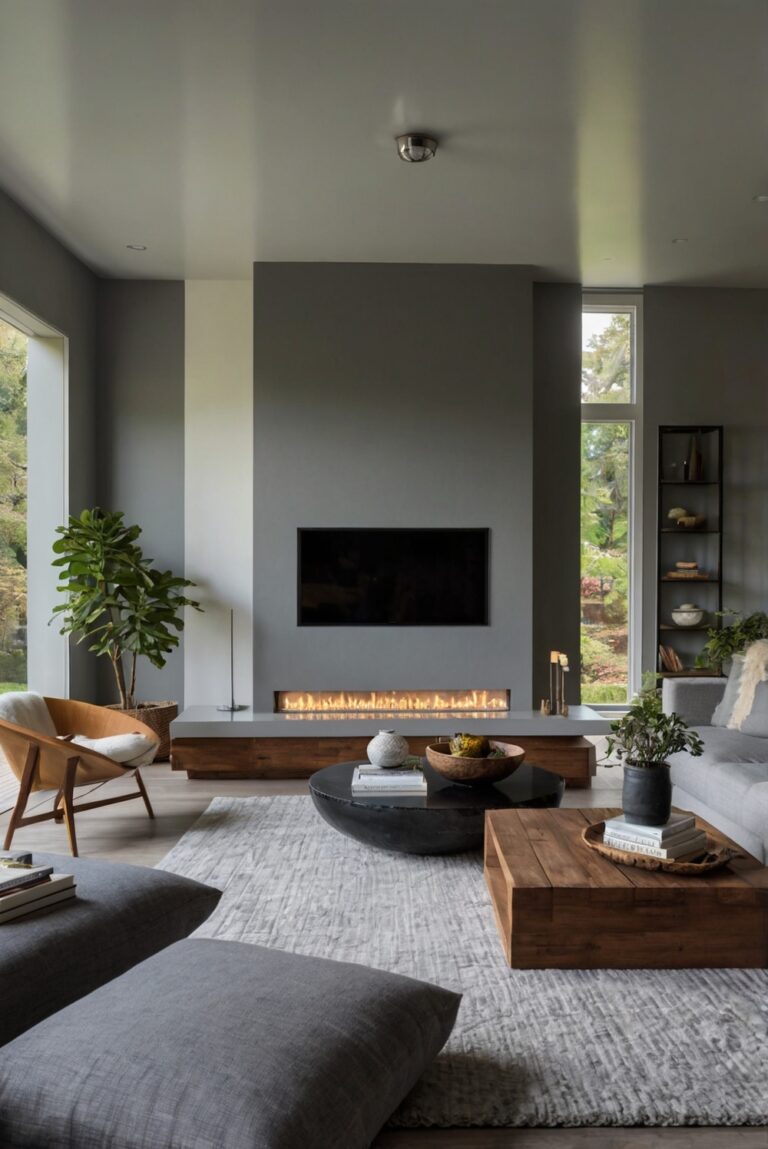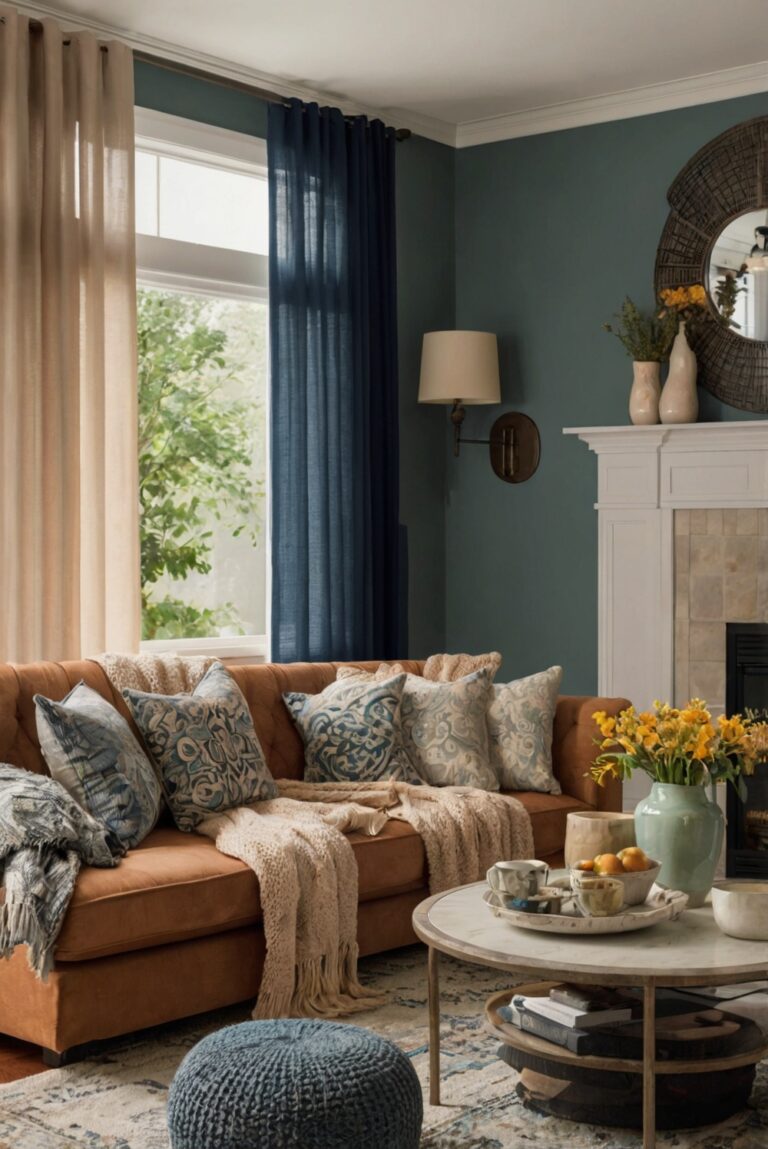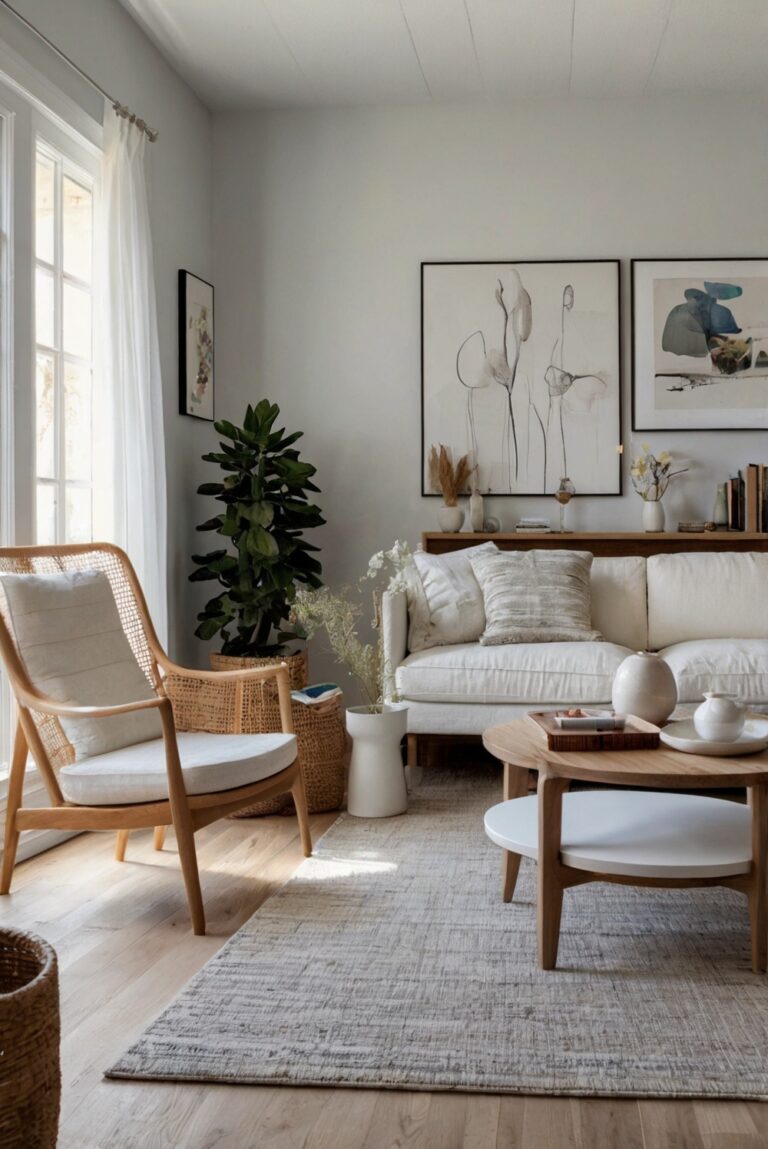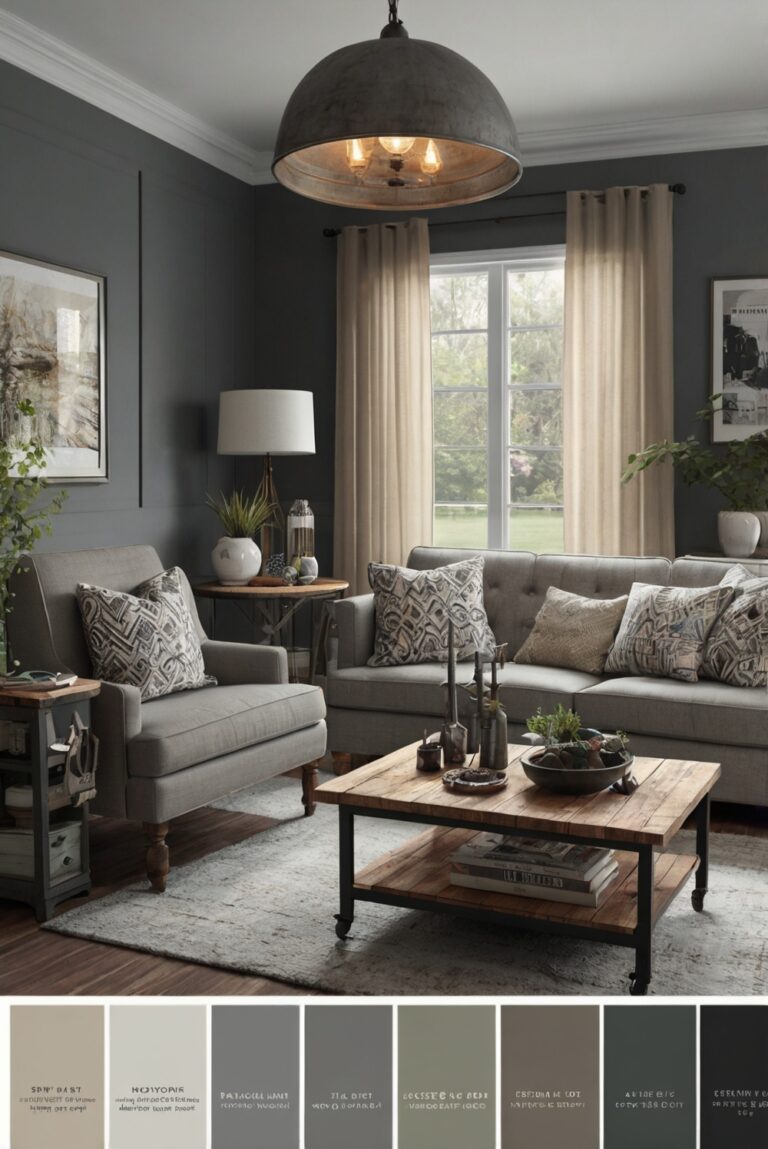Join us as we explore the art of combining various furniture styles in your living room. Learn how to seamlessly blend pieces for a beautifully harmonious decor scheme.
To mix and match different furniture styles in the living room, start by identifying a common theme or color scheme to tie everything together. You can mix modern and traditional pieces by blending textures and finishes. Incorporate elements like rugs, curtains, and throw pillows to create cohesion. Experiment with various furniture arrangements to find the perfect balance. Additionally, consider using a neutral backdrop such as wall paint or flooring to allow the furniture pieces to stand out. Utilize space planning techniques to optimize the layout and flow of the room. Remember to maintain a consistent style throughout the space for a cohesive look.
When mixing different furniture styles, it’s crucial to pay attention to scale and proportion to ensure everything works harmoniously. Keeping a balance between different elements will help create a visually appealing space. Be mindful of the functionality of each piece and prioritize comfort and practicality. Don’t be afraid to experiment with contrasting styles or colors to add interest and personality to the room. Remember that mixing and matching furniture styles is all about creating a unique and personalized space that reflects your individual taste and style preferences.
By following these tips and guidelines, you can successfully mix and match different furniture styles in your living room while creating a cohesive and inviting space for all to enjoy.
When mixing and matching different furniture styles in the living room, it is important to consider the overall theme you want to achieve.
Think about the style you are aiming for, whether it’s modern, traditional, eclectic, or a mix of different styles. This will guide you in selecting pieces that complement each other and create a cohesive look in the room.
Start by selecting a dominant style or color scheme that will anchor the room.
Choose a focal point, such as a sofa or a statement piece of furniture, that represents the main style you want to showcase. This will serve as the foundation for the rest of the room’s decor.
Don’t be afraid to mix different furniture styles, but aim for balance and harmony.
Blend contrasting styles by incorporating pieces that have similar proportions, scale, or color palettes. This will help create a cohesive and visually appealing space that doesn’t look cluttered or chaotic.
Consider the following tips when mixing and matching furniture styles in your living room:
1. Mix old and new pieces to create a timeless and eclectic look.
2. Use a variety of textures and materials to add depth and visual interest to the room.
Lastly, remember that mixing and matching furniture styles is all about personal expression and creativity.
Don’t be afraid to experiment and trust your instincts when it comes to creating a unique and stylish living room that reflects your personality and taste.
1. How can I mix and match different furniture styles in the living room?
To mix and match different furniture styles in the living room, start by choosing a unifying element such as color, texture, or shape that ties the pieces together. Consider combining modern and traditional pieces for a balanced look. Use a neutral base like a sofa or rug and add eclectic pieces for visual interest. Experiment with layering different styles to create a cohesive and personalized space. Don’t be afraid to mix materials like wood, metal, and fabric to add depth to the room.
2. What are some tips for mixing furniture styles in the living room?
When mixing furniture styles in the living room, consider the scale and proportion of each piece to ensure they work well together. Incorporate a variety of heights and shapes to create visual balance. Mix different patterns and textures to add depth and dimension to the space. Utilize accessories like throw pillows, rugs, and artwork to tie the different styles together. Remember to trust your instincts and have fun with the process of creating a unique and personalized living room.
3. How do I create a cohesive look when mixing furniture styles in the living room?
To create a cohesive look when mixing furniture styles in the living room, start by selecting a color palette that complements all the pieces. Choose a dominant style or theme to guide your design decisions and ensure a harmonious look. Use repetition of colors, patterns, or materials to unify the space. Pay attention to the flow and layout of the room to create a seamless transition between different furniture styles. Remember that mixing and matching furniture styles is about creating a space that reflects your personality and interests.
4. What are some common mistakes to avoid when mixing furniture styles in the living room?
When mixing furniture styles in the living room, avoid overcrowding the space with too many pieces that clash in style or scale. Be mindful of the proportions of each piece and leave enough breathing room between furniture. Don’t be tempted to match everything perfectly; instead, embrace the eclectic mix of styles for a more interesting and dynamic look. Avoid choosing furniture solely based on trends and focus on pieces that you truly love and that reflect your personal style.
5. How can I blend modern and traditional furniture styles in the living room?
To blend modern and traditional furniture styles in the living room, consider incorporating a mix of clean lines and classic silhouettes. Start by choosing a neutral color scheme as a backdrop for both styles to shine. Mix modern pieces like a sleek sofa with traditional elements like a vintage rug or ornate mirror. Use transitional pieces like a contemporary coffee table with a traditional armchair to bridge the two styles. Balance the contrast between modern and traditional elements by incorporating cohesive accessories and decor items throughout the room.

